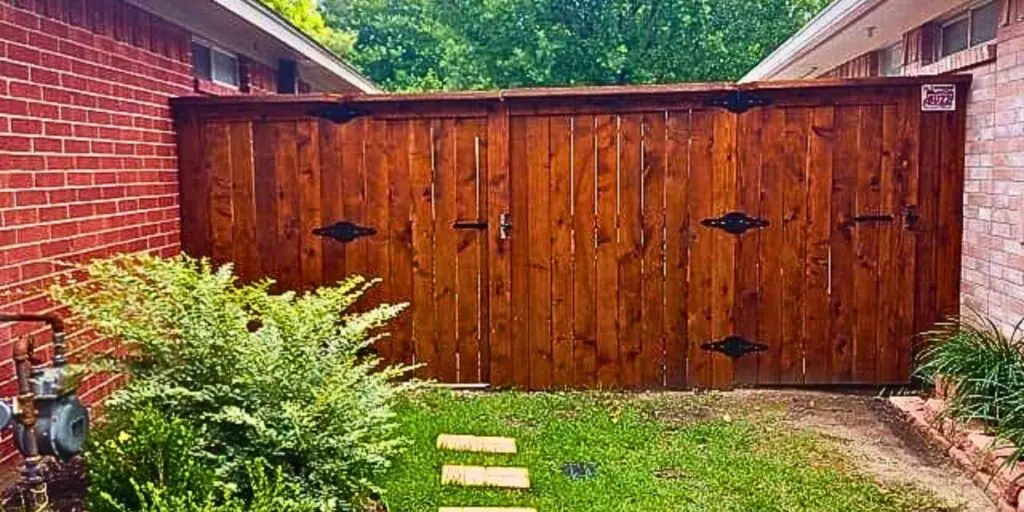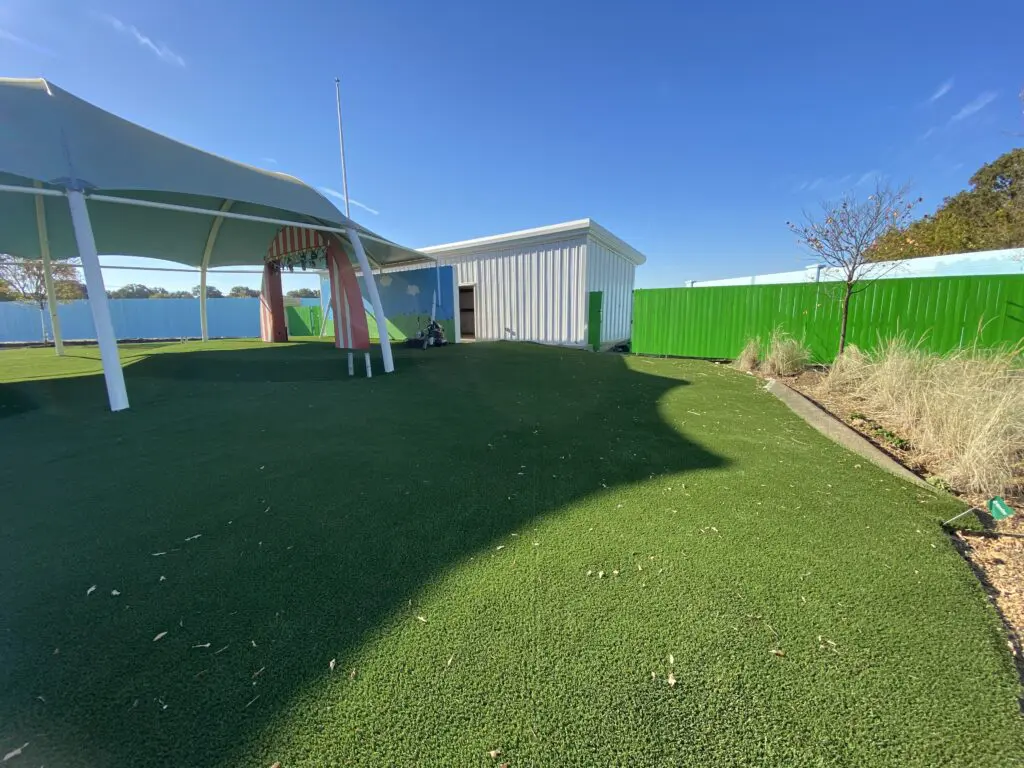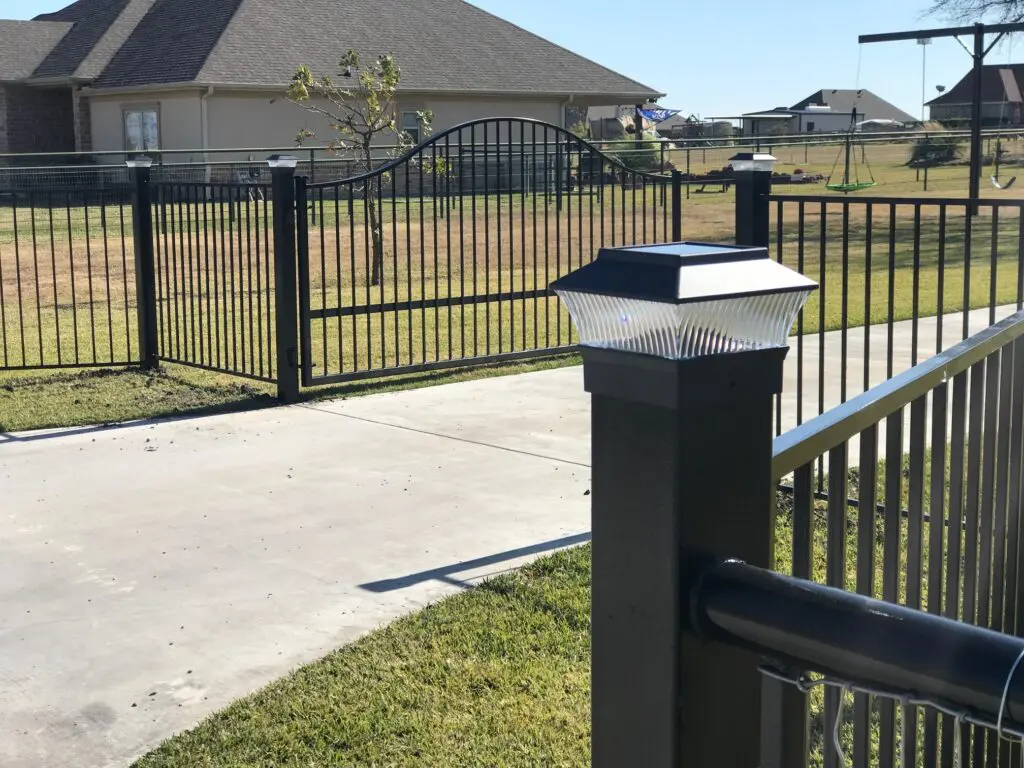When building a new fence, it’s best to build it on your own property. Obvious? Yes. But property lines can be tricky. Most homeowners assume they know where their property ends. But they might be wrong. Before investing in a fence, you really, really need to know your property lines. Enter the surveyor.
Dressed in a bright orange safety vest, using mysterious tools to make mysterious maps, the surveyor is master of property boundaries. In many cases, paying a surveyor now can save lots of money and grief later.
Old vs. New
Homeowners often assume that surveys don’t change. After all, if you bought your home 15 years ago and it was surveyed as part of the real estate transaction, it must still be legit. Right? Unfortunately, no. Things change, including structures being built or torn down, adjacent property switching hands, and even the technological precision of surveying equipment. According to the Texas Society of Professional Surveyors, under current statutes a surveyor’s liability only lasts six years from the survey date. If your survey is 10 years old, you definitely need a new one before erecting a fence or other structures.
What to Expect
Once you step into the world of surveying, you’ll quickly learn there are many survey types. To build a fence, you’ll need a boundary survey. You’ll want to present your surveyor with a copy of your deed and legal description of your property. Any additional info, such as a previous survey, may also prove helpful.
The surveyor may use cloth tape and a magnetic locator to find monuments at your property corners. Expect flagging with colored tape. The surveyor may need to access your neighbors’ land to complete the process, so you might want to alert neighbors ahead of time.
Surveyor Costs
While your surveyor should be able to give you an estimate, exact costs are hard to predict. Here are some of the factors involved in pricing a survey:
- How long since the property was last surveyed
- Age and quality of property deeds and documentation
- Equipment needed
- Size of property
- Type of survey
- Weather
- Access to property
- Rough terrain, underbrush, creek crossings
- Travel time to your property
- Ongoing feuds with neighbors over property lines
To minimize costs, organize your deed and other land-related documents and keep them in a safe place. Once you know where your property corners are, mark them with paint or flagging, or, better yet, a metal fence post.
If you had a survey done in the past, try contacting the surveyor who did it. If he or she only has to recertify an existing survey, you may get a discount.
What to look for in a surveyor
The Texas Society of Professional Land Surveyors provides useful tips for finding a quality surveyor. First, ask whether the firm does the type of service you need, such as residential, industrial or commercial. Find out how long they’ve been in business and whether the principal is a registered professional land surveyor. Make sure the firm has errors and omissions insurance. Always get a written proposal detailing scope of service, fees, payment terms, and estimated date of completion. Your ideal surveyor is already familiar with your neighborhood.
Customers sometimes express an interest in surveying their own boundaries. Is this legal? Yes. Advisable? No. As with so many things in life, hiring a professional is often faster, more cost-effective and yields a better end result.
Now, are you ready to think about that new fence? Call Buzz today and we’ll help you get your fence project off the ground.







